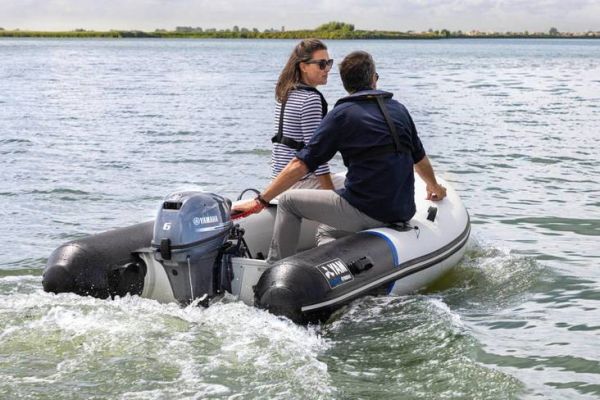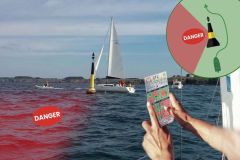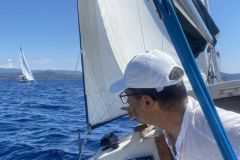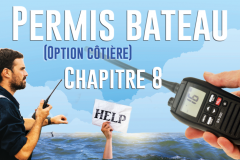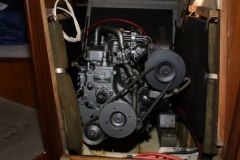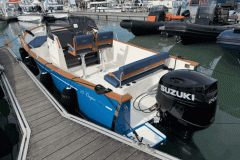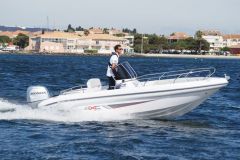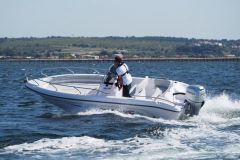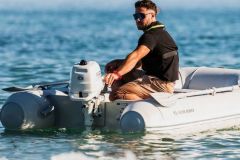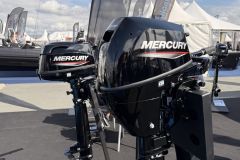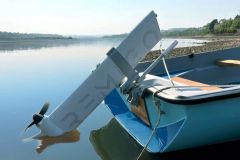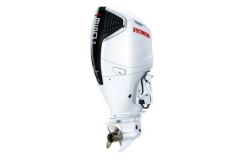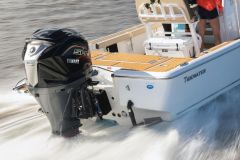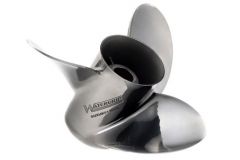France: Europe's lowest threshold
In France, a license is compulsory for motorboats with more than 6 hp (4.5 kW). This severely limits unlicensed use, which is reserved for motorized tenders or small boats.
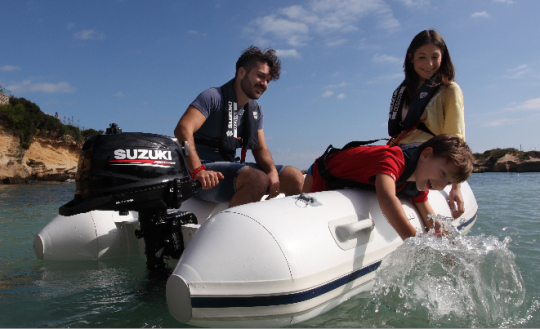
Italy: up to 40 horses without examination
Italy applies the most permissive rule: a license is only required above 40 hp (30 kW). This opens up a wide field for vacationers and occasional boaters.
Spain and Germany: the 15-horsepower mark
In Spain, as in Germany, a 15 hp (11 kW) license is compulsory. These thresholds allow the use of more versatile engines than in France, but without access to the most powerful semi-rigid boats.
Greece and Croatia: comparable thresholds
Greece and Croatia, two popular summer rental destinations, also apply the 15 hp (11 kW) threshold.
Portugal: a specific regime
In Portugal, a license is required for all motorboats over 6 hp, but conditions may vary for tourist rentals.
Comparative table of licence-free thresholds in Europe
| Country | Max. power without a license | Remarks |
|---|---|---|
| France | 6 HP (4.5 kW) | Strictest limit |
| Italy | 40 HP (30 kW) | Wide tolerance |
| Spain | 15 HP (11 kW) | Varies by zone |
| Germany | 15 HP (11 kW) | Applies to most bodies of water |
| Greece | 15 HP (11 kW) | Uniformly applied rule |
| Croatia | 15 HP (11 kW) | Widely used for rental |
| Portugal | 6 HP (4.5 kW) | Similar to France, but with charter exceptions |
A regulatory mosaic
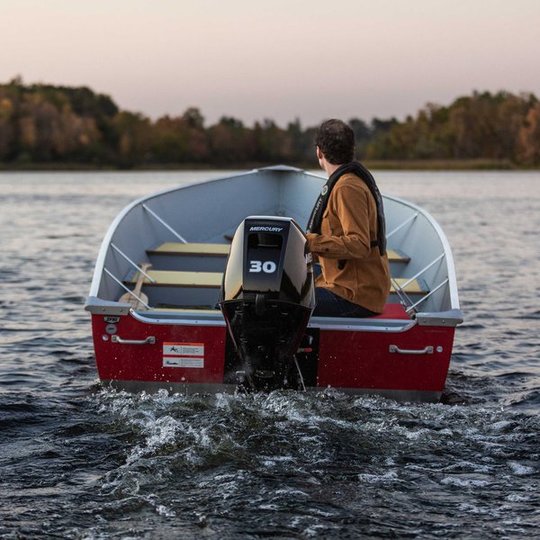
These disparities complicate the lives of traveling yachtsmen. A 30 hp motor that is forbidden in France without a license can be driven freely in Italy. Conversely, a French tourist in Greece will have no problem renting a boat he would not have been allowed to use at home.
What if France raised its threshold for unlicensed power?
Currently set at 6 horses, the French limit is the lowest in Europe. But what if regulations were to move towards 15 horsepower, as in Spain or Germany, or even 40 horsepower, as in Italy?
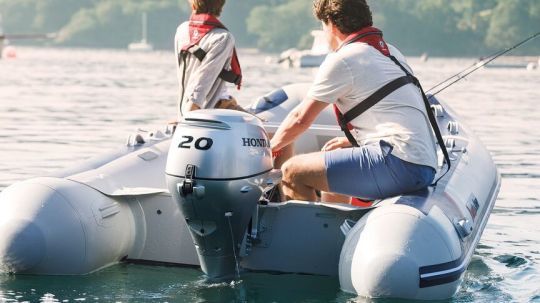
Firstly, the impact on the small craft market would be immediate. Builders and engine manufacturers would see a new niche opening up, with 15 to 40 horsepower boats accessible without training. The semi-rigid and open hull segment (4 to 5 meters) could appeal to a wider customer base, particularly young yachtsmen and seasonal users.
Secondly, tourist rentals would benefit from a real boost. On the Atlantic and Mediterranean coasts, many rental bases could offer more powerful units without requiring a license, as is already the case in Italy and Croatia. This would simplify access to leisure boating for foreign holidaymakers, who are used to higher thresholds.
However, such an evolution would also raise questions of safety and training. Going from a 6-horsepower tender to a 30-horsepower boat radically changes the situation in terms of speed, distance covered and maneuverability. Without a minimum level of training, the risk of accidents would increase, particularly in harbours and busy summer areas.
Finally, we would also need to consider the regulatory consequences: insurance, liability in the event of an accident, and supervision of rental companies. Raising the threshold would probably require the creation of an intermediary system, halfway between simple free access and the current coastal license, to guarantee a minimum level of awareness of safety and maritime regulations.
In short, raising the threshold in France would open up the market and simplify access to pleasure boating, but at the same time would require a rethink of how to educate and supervise new enthusiasts.

 /
/ 